DISCOVERY OF HISTORIC STONE SCULPTURE
입력 2019.10.23 (15:05)
수정 2019.10.23 (16:45)
읽어주기 기능은 크롬기반의
브라우저에서만 사용하실 수 있습니다.
[Anchor Lead]
A sculpture presumed to be the original of the stone dog statue placed in front of the Geunjeongjeon Hall of Gyeongbokgung Palace has been discovered. Even the Cultural Heritage Administration and historians were unaware of the sculpture's existence.
[Pkg]
The Geunjeongjeon Hall, the central structure of Gyeongbokgung Palace, is National Treasure number 223. Sitting in the corners of a large two-tiered stone terrace are sculptures shaped like animals. At a glance, they look like the Korean mythological creature Haetae, but in fact they're a pair of dogs with a puppy. Recently, a sculpture looking identical to these stone dogs has been found in the warehouse of the National Palace Museum of Korea. It also features a female and male dog with a puppy, and even traces of having been attached to a corner. It's hard to spot the difference compared to the sculpture currently located at the Geunjeongjeon Hall. Experts believe the recently discovered sculpture was produced a long time before the one that is currently displayed. The only document about the sculpture says that it was relocated in 2005. No one knows about its origin or cultural value.
[Soundbite] CHOI NA-RAE(CURATOR, NATIONAL PALACE MUSEUM OF KOREA) : "Records about cultural relics are usually traced and written down. The record about this sculpture says that it was relocated from Changdeokgung Palace."
Then, how long has this sculpture been installed in front of the Geunjeongjeon Hall? This drawing shows a royal banquet held on the premises of the hall during King Yeongjo's reign. The stone dog sculptures can be clearly seen on both sides of the terrace. A collection of works by late-Joseon scholar Yu Deuk-gong says that there was a pair of dogs with a puppy on the old site of Geunjeongjeon Hall. This means that it was placed here either during the construction of Gyeongbokgung Palace during King Taejo's reign, or at least before the Japanese invasion of Joseon in the 16th century, when the hall was burnt down. Historians also believe that for some reason the original sculpture was replaced with the current one when the palace was rebuilt by King Gojong.
[Soundbite] PROF. HONG SUN-MIN(MYONGJI UNIVERSITY) : "Other palaces have no traces or records of terraces. It means that this sculpture belonged to the Geunjeongjeon Hall."
The Cultural Heritage Administration plans to find out about the sculpture's history, including when it was produced and when it was moved.
A sculpture presumed to be the original of the stone dog statue placed in front of the Geunjeongjeon Hall of Gyeongbokgung Palace has been discovered. Even the Cultural Heritage Administration and historians were unaware of the sculpture's existence.
[Pkg]
The Geunjeongjeon Hall, the central structure of Gyeongbokgung Palace, is National Treasure number 223. Sitting in the corners of a large two-tiered stone terrace are sculptures shaped like animals. At a glance, they look like the Korean mythological creature Haetae, but in fact they're a pair of dogs with a puppy. Recently, a sculpture looking identical to these stone dogs has been found in the warehouse of the National Palace Museum of Korea. It also features a female and male dog with a puppy, and even traces of having been attached to a corner. It's hard to spot the difference compared to the sculpture currently located at the Geunjeongjeon Hall. Experts believe the recently discovered sculpture was produced a long time before the one that is currently displayed. The only document about the sculpture says that it was relocated in 2005. No one knows about its origin or cultural value.
[Soundbite] CHOI NA-RAE(CURATOR, NATIONAL PALACE MUSEUM OF KOREA) : "Records about cultural relics are usually traced and written down. The record about this sculpture says that it was relocated from Changdeokgung Palace."
Then, how long has this sculpture been installed in front of the Geunjeongjeon Hall? This drawing shows a royal banquet held on the premises of the hall during King Yeongjo's reign. The stone dog sculptures can be clearly seen on both sides of the terrace. A collection of works by late-Joseon scholar Yu Deuk-gong says that there was a pair of dogs with a puppy on the old site of Geunjeongjeon Hall. This means that it was placed here either during the construction of Gyeongbokgung Palace during King Taejo's reign, or at least before the Japanese invasion of Joseon in the 16th century, when the hall was burnt down. Historians also believe that for some reason the original sculpture was replaced with the current one when the palace was rebuilt by King Gojong.
[Soundbite] PROF. HONG SUN-MIN(MYONGJI UNIVERSITY) : "Other palaces have no traces or records of terraces. It means that this sculpture belonged to the Geunjeongjeon Hall."
The Cultural Heritage Administration plans to find out about the sculpture's history, including when it was produced and when it was moved.
■ 제보하기
▷ 카카오톡 : 'KBS제보' 검색, 채널 추가
▷ 전화 : 02-781-1234, 4444
▷ 이메일 : kbs1234@kbs.co.kr
▷ 유튜브, 네이버, 카카오에서도 KBS뉴스를 구독해주세요!
- DISCOVERY OF HISTORIC STONE SCULPTURE
-
- 입력 2019-10-23 15:17:35
- 수정2019-10-23 16:45:21
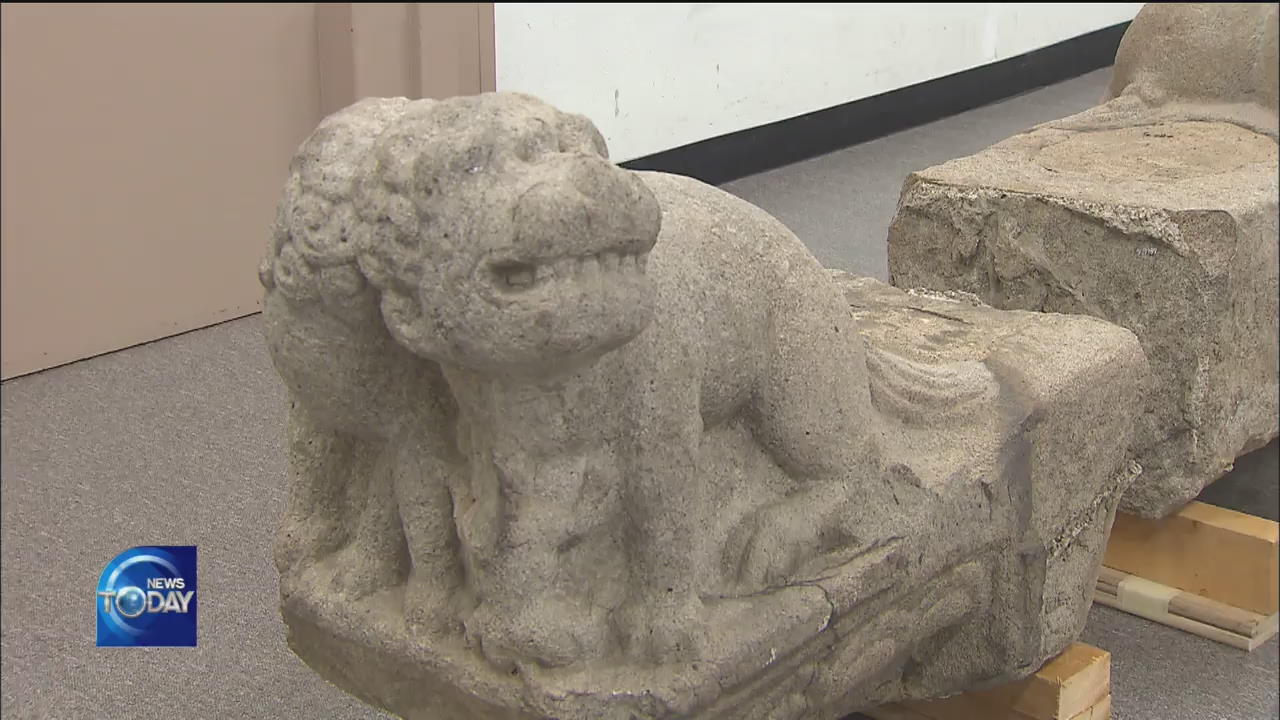
[Anchor Lead]
A sculpture presumed to be the original of the stone dog statue placed in front of the Geunjeongjeon Hall of Gyeongbokgung Palace has been discovered. Even the Cultural Heritage Administration and historians were unaware of the sculpture's existence.
[Pkg]
The Geunjeongjeon Hall, the central structure of Gyeongbokgung Palace, is National Treasure number 223. Sitting in the corners of a large two-tiered stone terrace are sculptures shaped like animals. At a glance, they look like the Korean mythological creature Haetae, but in fact they're a pair of dogs with a puppy. Recently, a sculpture looking identical to these stone dogs has been found in the warehouse of the National Palace Museum of Korea. It also features a female and male dog with a puppy, and even traces of having been attached to a corner. It's hard to spot the difference compared to the sculpture currently located at the Geunjeongjeon Hall. Experts believe the recently discovered sculpture was produced a long time before the one that is currently displayed. The only document about the sculpture says that it was relocated in 2005. No one knows about its origin or cultural value.
[Soundbite] CHOI NA-RAE(CURATOR, NATIONAL PALACE MUSEUM OF KOREA) : "Records about cultural relics are usually traced and written down. The record about this sculpture says that it was relocated from Changdeokgung Palace."
Then, how long has this sculpture been installed in front of the Geunjeongjeon Hall? This drawing shows a royal banquet held on the premises of the hall during King Yeongjo's reign. The stone dog sculptures can be clearly seen on both sides of the terrace. A collection of works by late-Joseon scholar Yu Deuk-gong says that there was a pair of dogs with a puppy on the old site of Geunjeongjeon Hall. This means that it was placed here either during the construction of Gyeongbokgung Palace during King Taejo's reign, or at least before the Japanese invasion of Joseon in the 16th century, when the hall was burnt down. Historians also believe that for some reason the original sculpture was replaced with the current one when the palace was rebuilt by King Gojong.
[Soundbite] PROF. HONG SUN-MIN(MYONGJI UNIVERSITY) : "Other palaces have no traces or records of terraces. It means that this sculpture belonged to the Geunjeongjeon Hall."
The Cultural Heritage Administration plans to find out about the sculpture's history, including when it was produced and when it was moved.
A sculpture presumed to be the original of the stone dog statue placed in front of the Geunjeongjeon Hall of Gyeongbokgung Palace has been discovered. Even the Cultural Heritage Administration and historians were unaware of the sculpture's existence.
[Pkg]
The Geunjeongjeon Hall, the central structure of Gyeongbokgung Palace, is National Treasure number 223. Sitting in the corners of a large two-tiered stone terrace are sculptures shaped like animals. At a glance, they look like the Korean mythological creature Haetae, but in fact they're a pair of dogs with a puppy. Recently, a sculpture looking identical to these stone dogs has been found in the warehouse of the National Palace Museum of Korea. It also features a female and male dog with a puppy, and even traces of having been attached to a corner. It's hard to spot the difference compared to the sculpture currently located at the Geunjeongjeon Hall. Experts believe the recently discovered sculpture was produced a long time before the one that is currently displayed. The only document about the sculpture says that it was relocated in 2005. No one knows about its origin or cultural value.
[Soundbite] CHOI NA-RAE(CURATOR, NATIONAL PALACE MUSEUM OF KOREA) : "Records about cultural relics are usually traced and written down. The record about this sculpture says that it was relocated from Changdeokgung Palace."
Then, how long has this sculpture been installed in front of the Geunjeongjeon Hall? This drawing shows a royal banquet held on the premises of the hall during King Yeongjo's reign. The stone dog sculptures can be clearly seen on both sides of the terrace. A collection of works by late-Joseon scholar Yu Deuk-gong says that there was a pair of dogs with a puppy on the old site of Geunjeongjeon Hall. This means that it was placed here either during the construction of Gyeongbokgung Palace during King Taejo's reign, or at least before the Japanese invasion of Joseon in the 16th century, when the hall was burnt down. Historians also believe that for some reason the original sculpture was replaced with the current one when the palace was rebuilt by King Gojong.
[Soundbite] PROF. HONG SUN-MIN(MYONGJI UNIVERSITY) : "Other palaces have no traces or records of terraces. It means that this sculpture belonged to the Geunjeongjeon Hall."
The Cultural Heritage Administration plans to find out about the sculpture's history, including when it was produced and when it was moved.
이 기사가 좋으셨다면
-
좋아요
0
-
응원해요
0
-
후속 원해요
0










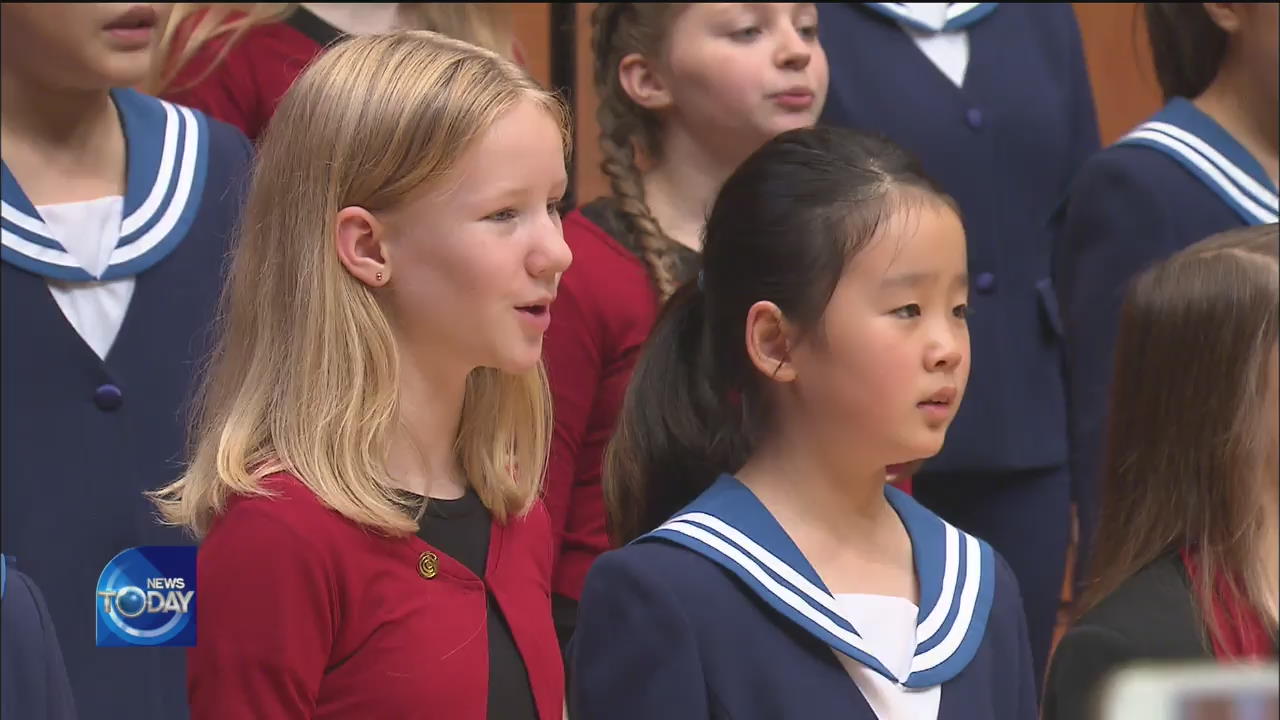
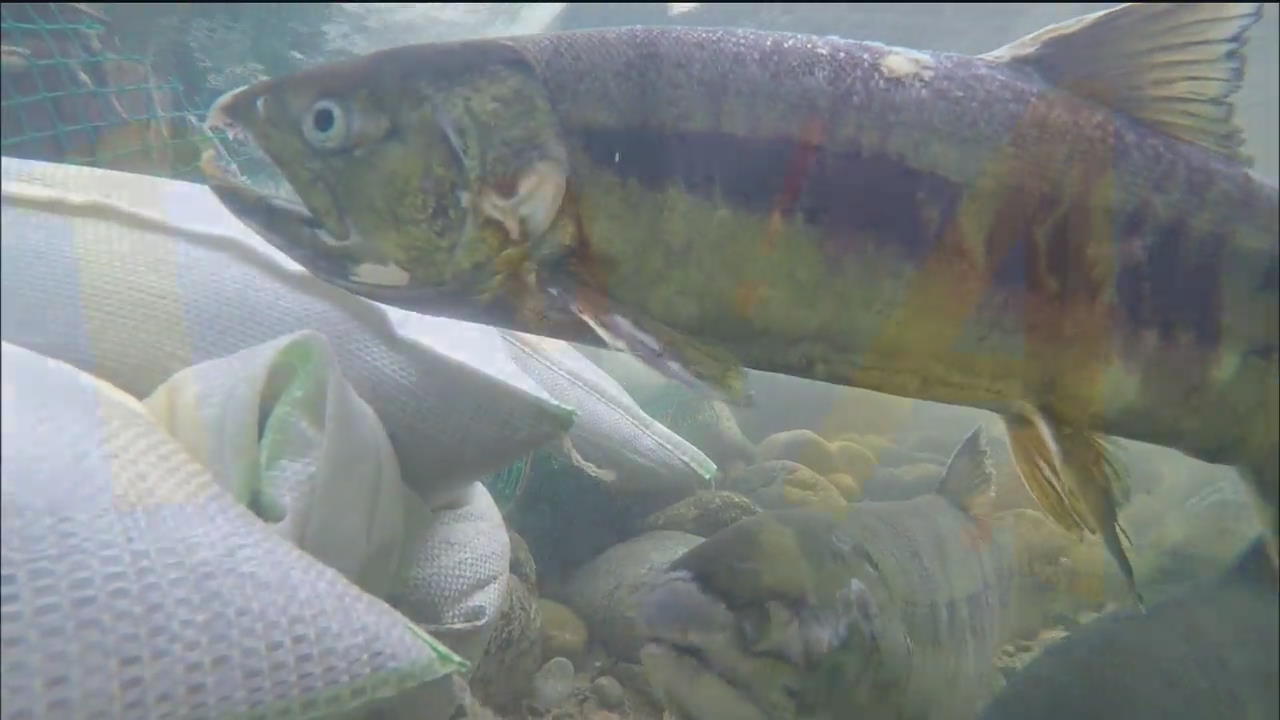
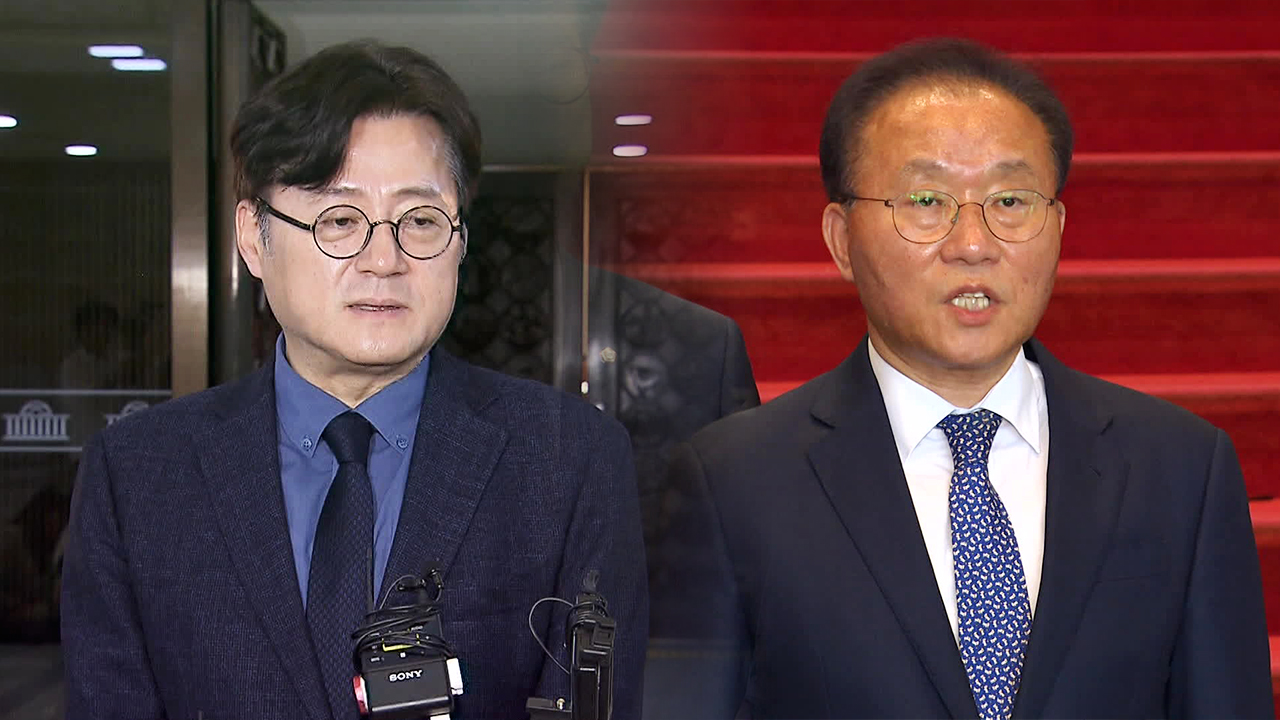
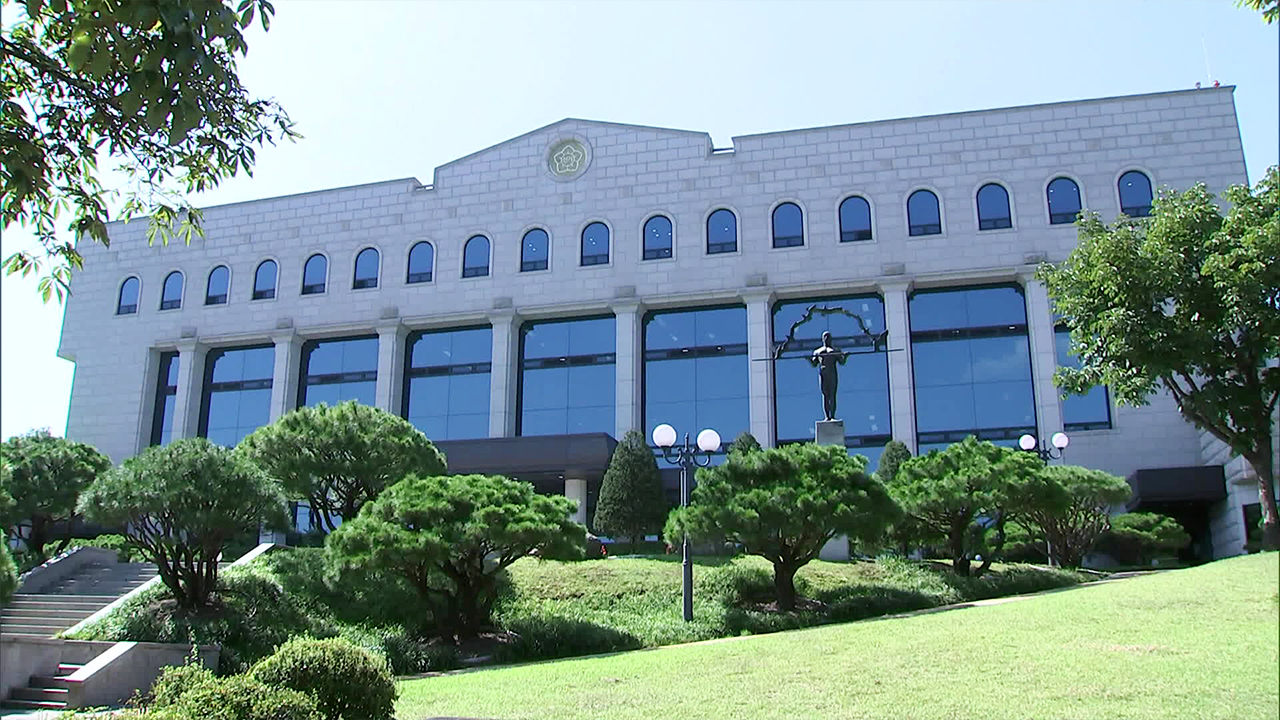
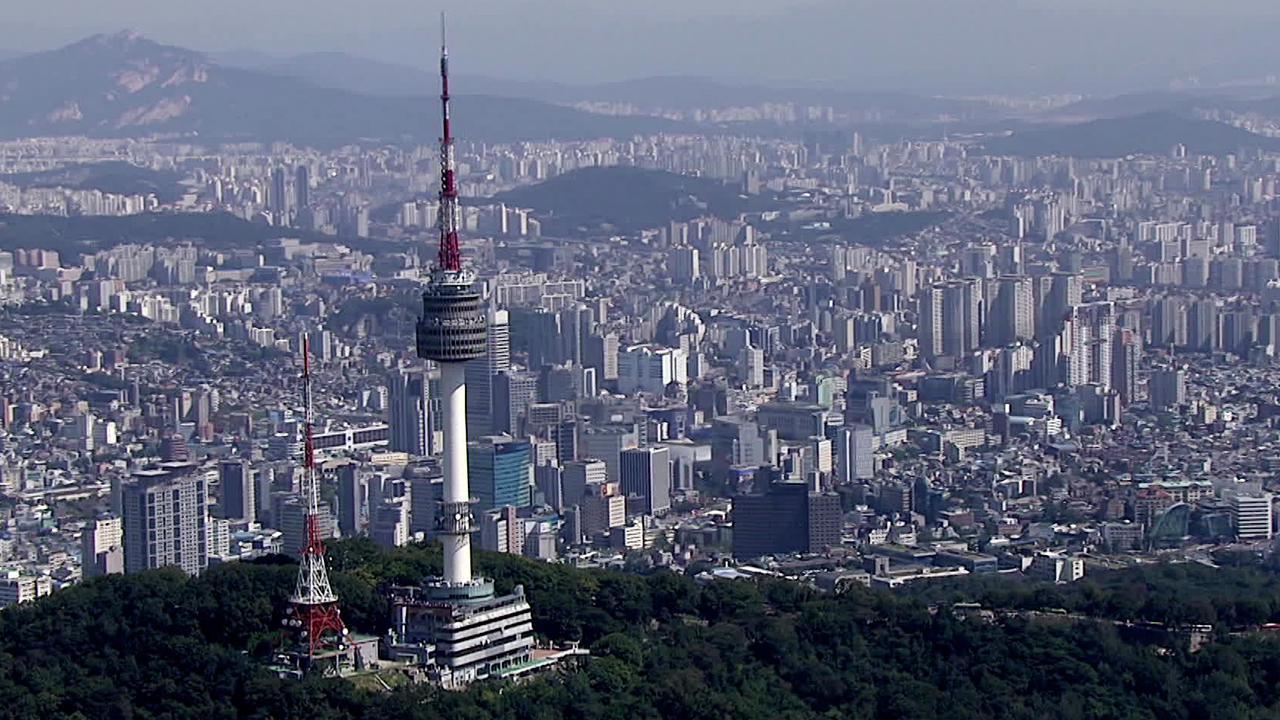


이 기사에 대한 의견을 남겨주세요.